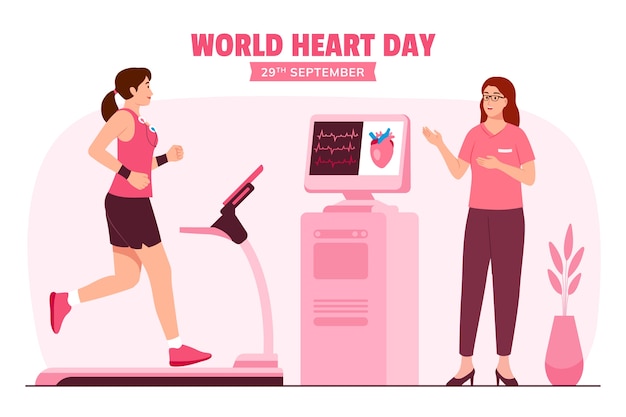Start fast, stay consistent, and track progress weekly to unlock your body’s full aerobic potential.

VO₂ max measures the maximum amount of oxygen your body can use during intense exercise. It’s one of the best indicators of cardiovascular fitness and overall endurance. The higher your VO₂ max, the more efficiently your body delivers oxygen to your muscles—helping you perform better in physical activities, from climbing stairs to running a 5K.
For beginners, improving VO₂ max isn’t just about athletic performance—it’s linked to long-term health benefits like reduced risk of heart disease, improved metabolism, and better energy levels throughout the day.
You don’t need years of training to see improvements. In fact, beginners often experience the most dramatic gains in VO₂ max with just a few weeks of consistent effort. The key is starting with intensity.
High-Intensity Interval Training (HIIT) is one of the most effective ways to boost VO₂ max quickly. A typical beginner-friendly session might include:
Performing just 2–3 of these sessions per week can lead to noticeable improvements in aerobic capacity within a month.

While starting fast gives you momentum, consistency turns progress into lasting change. The most effective VO₂ max improvements come from regular, structured effort over time—not occasional bursts of intensity.
Here’s how to stay on track:
Consistency doesn’t mean perfection. Missing a session isn’t failure—it’s part of the process. What matters is returning to your routine quickly and maintaining the habit long-term.
What gets measured gets managed. Tracking your VO₂ max progress weekly helps you stay motivated and adjust your training as needed.
You don’t need a lab test to estimate improvements. Use these accessible methods:
Plot your data on a simple chart. Seeing upward trends—even small ones—reinforces your efforts and builds confidence.
Improving VO₂ max isn’t just about exercise. Lifestyle factors play a crucial role:
Improving your VO₂ max is one of the most impactful things you can do for your fitness and long-term health. As a beginner, you have a unique advantage—your body responds quickly to new stimuli.
Start with short, intense workouts. Stick with them through routine and resilience. Track your progress weekly to stay engaged and see real results. Over time, you’ll not only perform better physically—you’ll feel more energized, focused, and in control of your health.
The journey to a stronger, more efficient cardiovascular system begins with a single step—make it count.

Fitness

Fitness

Fitness

Fitness

Health

Health

Fitness

Fitness

Fitness

Fitness

Wellness

Fitness

Health

Fitness

Health

Health